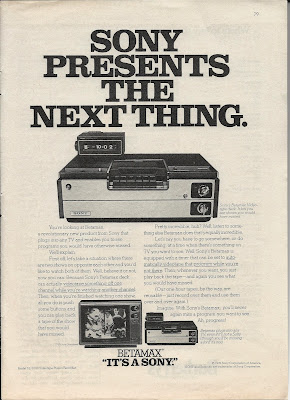PRODUCTION JOURNAL: Monday Morning Mixer (TV NEWS EDITION) - 10.7.13

Oct. 7, 1996 FOX News Channel launched today in 1996 to 17 million subscribers. Rupert Murdoch launched the 24-hour news channel on both cable and satellite as part of a News Corp. "worldwide platform" for Fox programming, reasoning that "The appetite for news – particularly news that explains to people how it affects them – is expanding enormously." [And yet "We report. You decide." is the logline.] Murdoch's foray into cable television faced two legislative hurdles; first, no company outside of the US was allowed to own broadcast stations there and, secondly, a company could not simultaneously own a newspaper and a television station in the same city. Using charm, influence, vision and money, the rules were relaxed or revised. In January of 1996, Murdoch hired former NBC executive and Republican political strategist, Roger Ailes , to run the channel. "Ailes worked individuals through five months of 14-hour workdays and several wee





